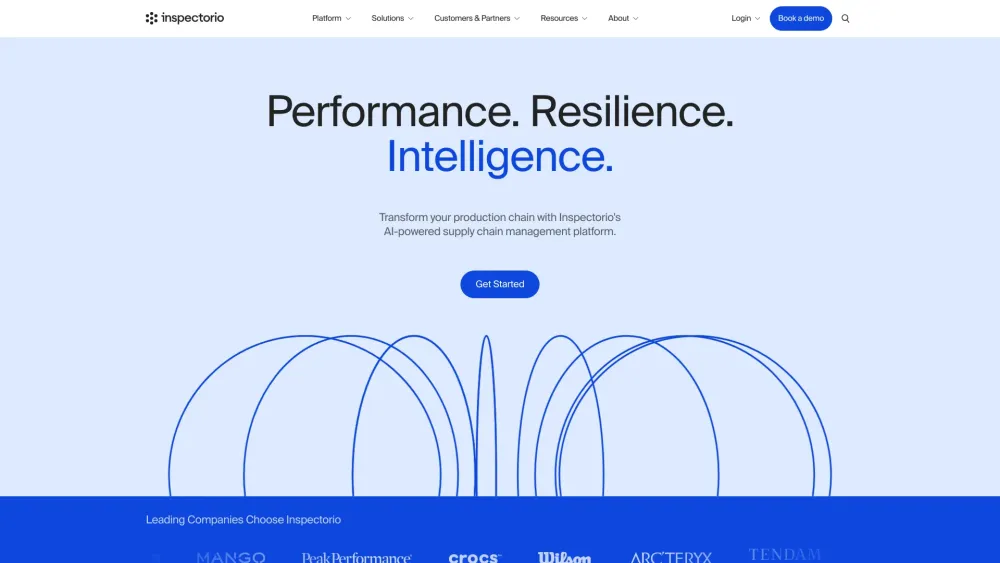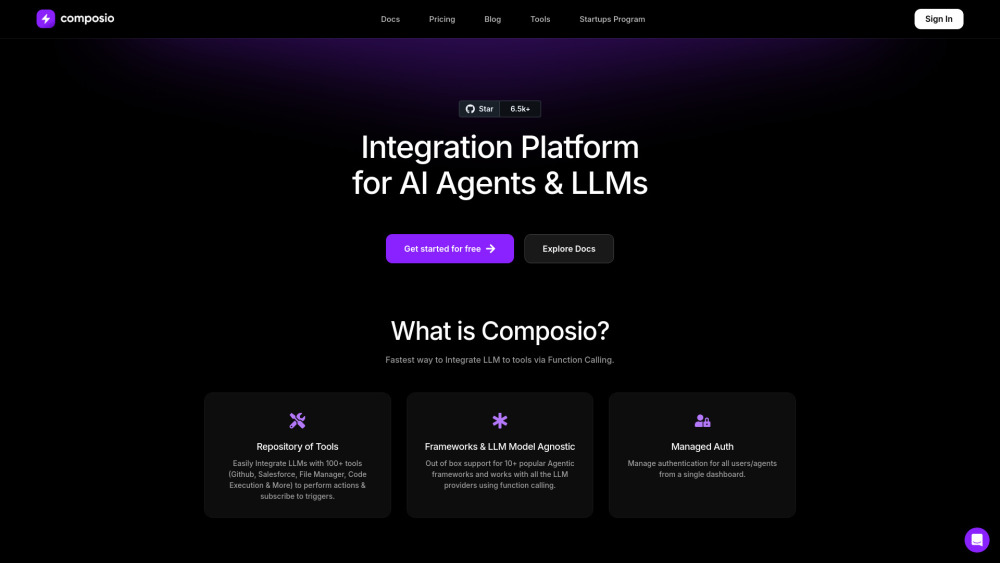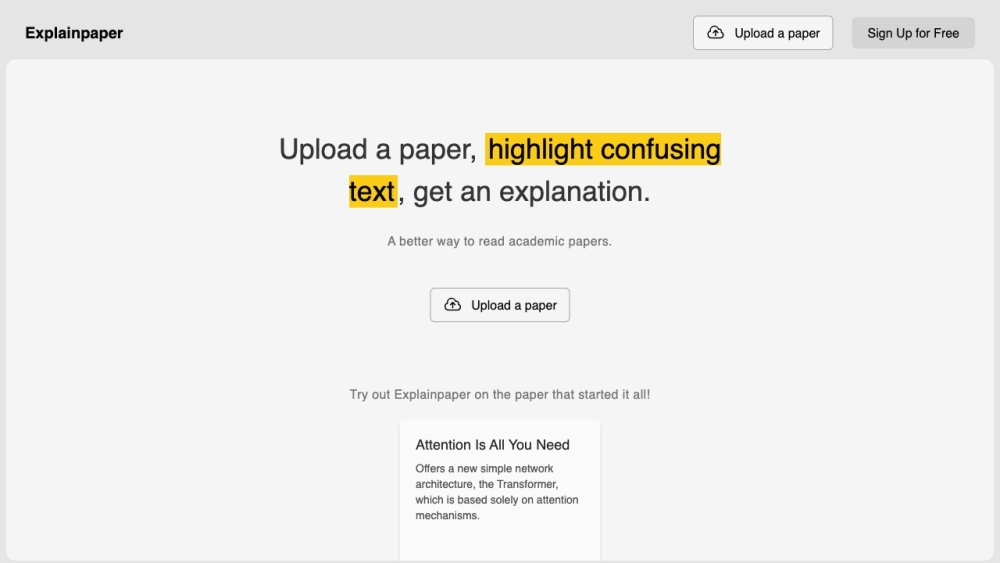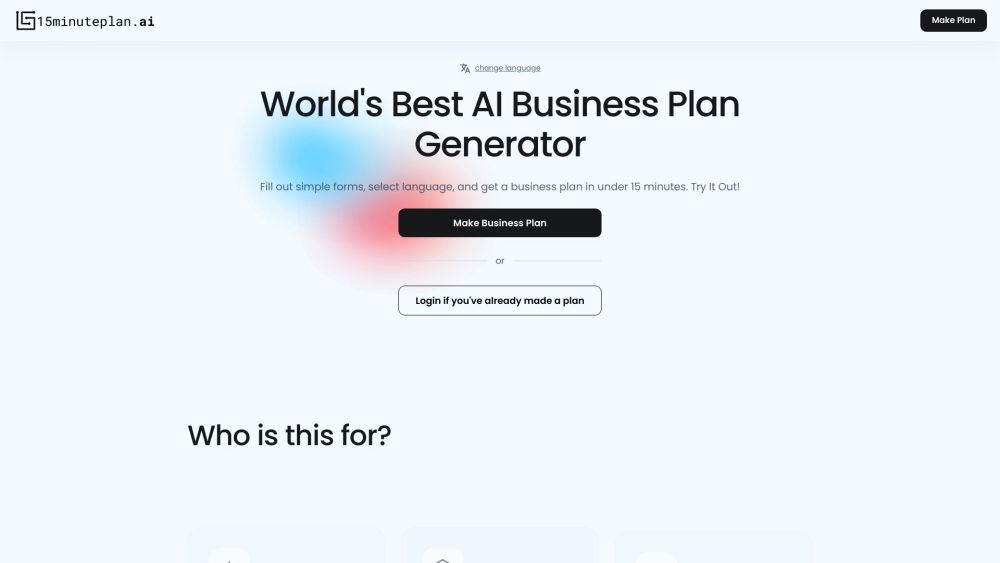Humanoid Robot Revolution: Why Persona's Founders Believe the World Needs Another Robot
Most people like

Revolutionize your production processes with Inspectorio's cutting-edge AI-driven supply chain management platform. Enhance efficiency, visibility, and control throughout your supply chain today!

Introducing an innovative integration platform designed specifically for AI agents and large language models (LLMs) that streamlines API connectivity. This cutting-edge solution enhances the efficiency of data exchange while empowering developers to seamlessly connect their AI-driven applications.

Are you struggling to understand complex sections in research papers? You're not alone! Many readers find themselves puzzled by dense language and intricate jargon. This guide will clarify these confusing texts, breaking down challenging passages and making them more accessible. By demystifying the language of research, we aim to enhance your comprehension and engagement with scholarly articles. Let’s dive in and uncover the insights hidden within these papers!

Create Your AI Business Plan in Just 15 Minutes
Crafting a robust business plan doesn't have to be a daunting task. With our AI Business Plan Generator, you can effortlessly develop a comprehensive and tailored business plan in just 15 minutes. Whether you're launching a startup or seeking investment, our intuitive tool guides you through every step, ensuring your plan stands out and meets industry standards. Say goodbye to writer's block and hello to a clear roadmap for your business success!
Find AI tools in YBX
Related Articles
Refresh Articles
